T4K3.news
Private Data Feeds NOAA's Weather Backbone
Private firms expand data sharing with NOAA as staffing gaps strain weather observations.
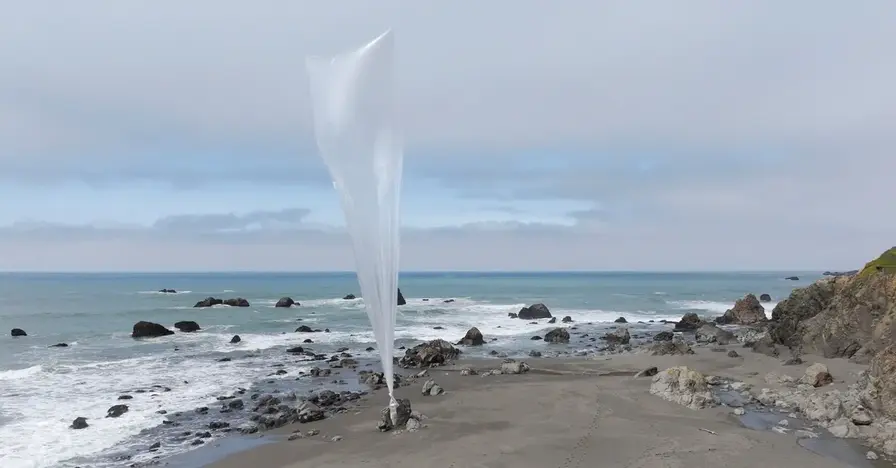
Private weather data firms are expanding to support NOAA as staffing gaps strain the agency’s traditional observing networks.
Private Data Feeds NOAA's Weather Backbone
Staff shortages at the National Weather Service led to the suspension of weather balloon launches at Kotzebue, Alaska, earlier this year. WindBorne Systems stepped in, deploying next generation weather balloons and selling its western Alaska observations to the NWS since February, helping to fill a critical data gap. WindBorne is expanding with five new launch sites in the United States and is among a growing group of startups delivering atmospheric and ocean data to NOAA through the Mesonet Program. Other firms in this space include Sofar Ocean, Tomorrow.io, Black Swift Technologies, and Saildrone. The move reflects a broader shift toward data as a service, where private entities maintain the hardware and NOAA buys the observations.
Key Takeaways
"What happens when the founder pivots?"
Spinrad's concern about dependency on private tech if the leading company changes direction
"NOAA has always had a robust relationship with the private sector"
Di Liberto on ongoing collaboration between NOAA and private firms
"Are we actually saving money or just giving taxpayer dollars to a private company?"
Public money concerns about privatization
"We’re flying more balloons every day and collecting more observations to help improve forecasts in light of some of these systems going down"
WindBorne CEO John Dean describing expansion
The trend toward private data feeds reflects policy choices that prioritize flexibility and innovation, but it also raises questions about long term control and public accountability. Proponents say private partners can fill gaps quickly and bring advanced tech to forecasting. Critics warn that relying on private data could blur the line between public safety and private profit, and it could erode NOAA’s ownership of backbone data assets. The key tension is not whether private data helps today, but who owns the forecast tomorrow and how robust the record will be if a company changes direction or faces market shifts. Experts caution that data should supplement NOAA, not replace core networks like weather balloons, to protect transparency and public trust.
Highlights
- What happens when the founder pivots
- Are we actually saving money or just giving taxpayer dollars to a private company
- NOAA has always had a robust relationship with the private sector
- We’re flying more balloons every day and collecting more observations to help improve forecasts
Private data dependence risks to NOAA backbone
The rise of private data supply raises questions about ownership, transparency, and long-term reliability of critical weather observations. If funding, strategy, or market conditions shift, core public data assets could be at risk of reduced oversight or access. The administration's stance on privatization amplifies these concerns among lawmakers and the public.
The backbone of the forecast must stay in public hands even as private partners help fill gaps.
Enjoyed this? Let your friends know!
Related News
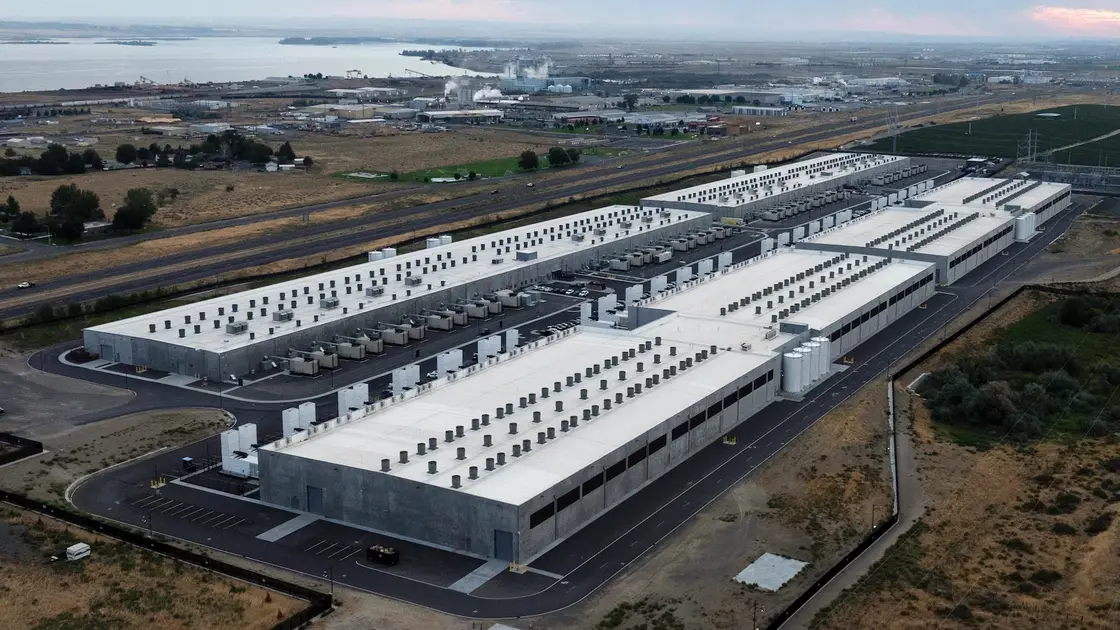
Data centers push states to redefine power costs

Trump administration increases immigration enforcement in sanctuary cities
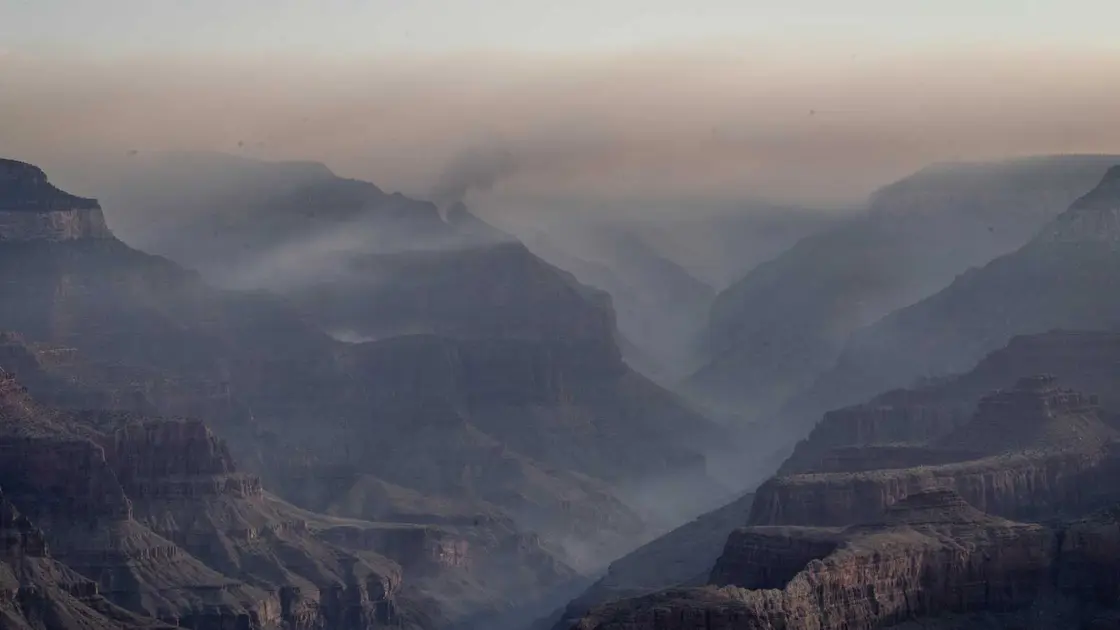
Wildfire smoke forecasting tools reviewed
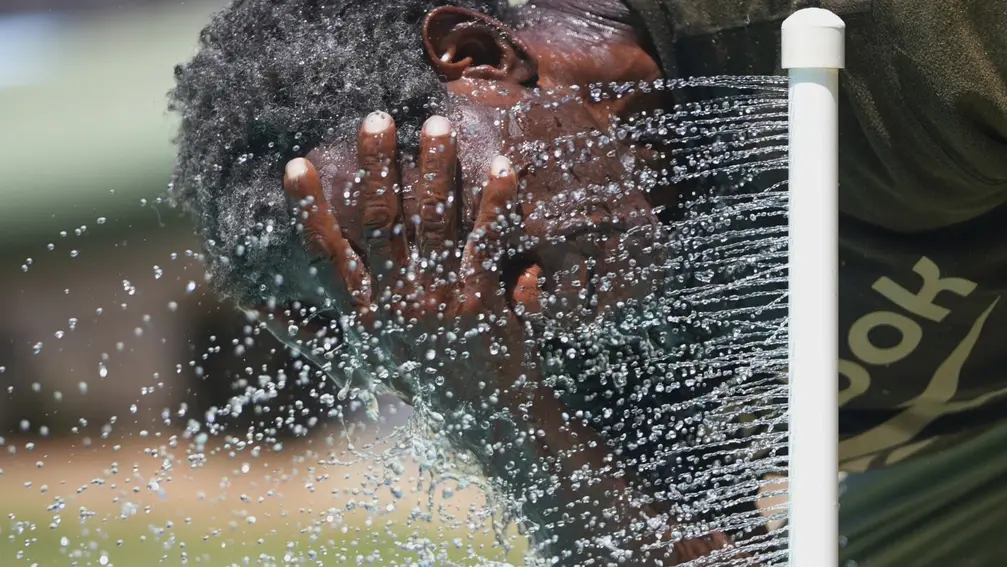
Record muggy heat hits the eastern United States
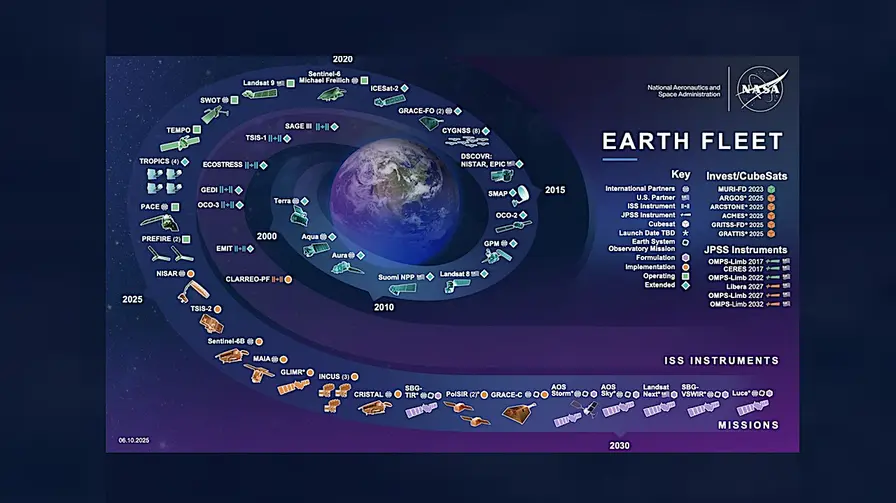
Major Funding Cuts Proposed for NASA Earth Science Division
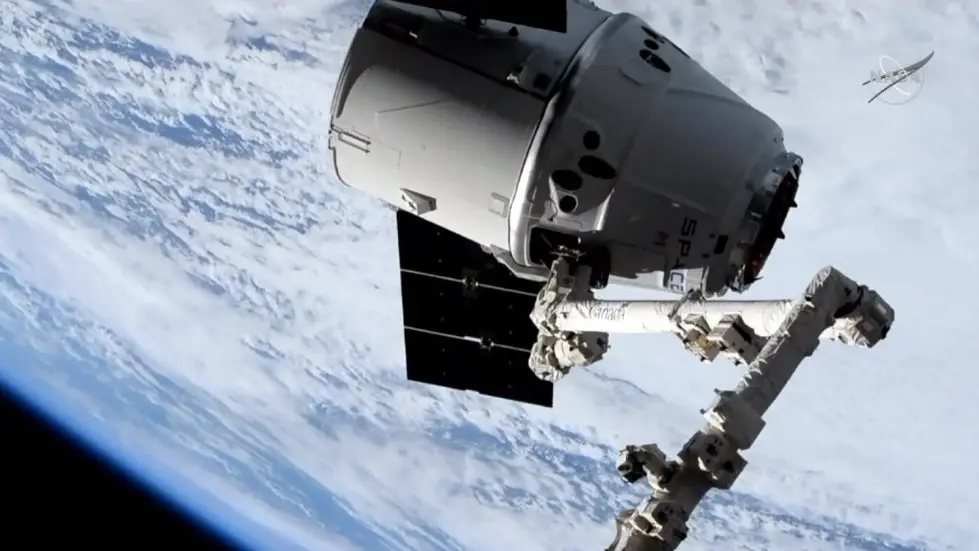
NASA plans to end crucial carbon-monitoring missions

States sue USDA over food stamp data collection
Top apps face scrutiny for data tracking
